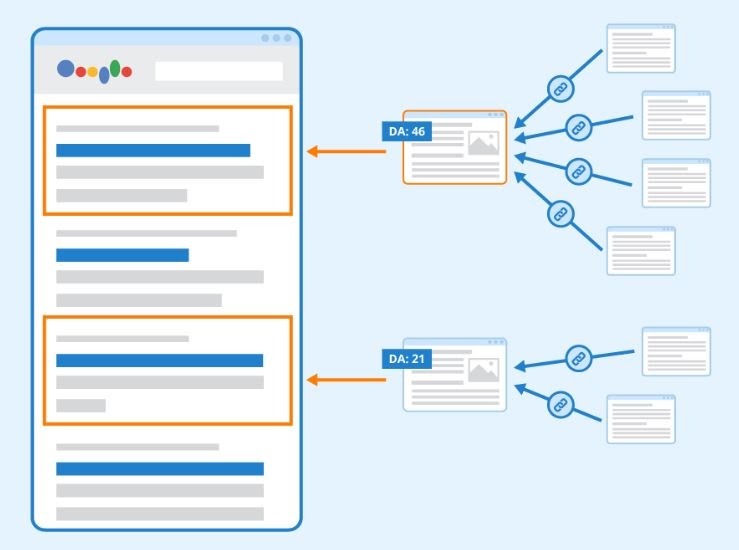Creating a Souls-Like Game in Unreal Engine 5 game can be a rewarding yet complex endeavor, particularly in Unreal Engine 5 (UE5), where you have access to high-fidelity graphics, advanced lighting, and powerful physics engines. The following guide will walk you through the essential steps to create a Souls-like experience, focusing on key gameplay elements such as combat, exploration, and game mechanics.
Step 1: Setting Up Your Unreal Engine 5 Project
Start by creating a new UE5 project:- Install UE5: Download and install the latest version of Unreal Engine 5.
- New Project: Select “Games” from the project templates and choose “Third Person Template” to use a base character and movement system similar to Souls-like games.
- Starter Content: It’s useful to enable starter content, which will give you basic assets for testing before custom assets are created or imported.
Step 2: Designing the World
The world design in Souls-like games is heavily interconnected, with shortcuts, loops, and verticality. It combines eerie atmospheres with varied biomes, ruins, and crypts. In UE5, you can use tools such as Nanite and Lumen to push the visual fidelity and lighting to the next level.- Blockout Levels: Start with a basic blockout of your levels to test scale, movement, and navigation.
- Use Unreal’s BSP brushes for rapid prototyping of level geometry.
- Lumen Lighting: Utilize Lumen’s real-time global illumination to create the dark, moody atmosphere typical of Souls-like games.
- Nanite for Assets: High-poly assets such as statues, crumbling buildings, or tree roots are often seen in these games. Nanite enables you to render high-quality models without worrying about polycount restrictions.
Step 3: Combat System
A hallmark of Souls-like games is their precise, deliberate combat system. You need to balance attacks, dodging, stamina management, and enemy AI to achieve this feel.1. Player Combat System
Character Blueprints: Create a custom player character using the Character Blueprint, which will allow you to define movement, combat abilities, and more.- Animation: Use Animation Blueprints to define the movement and combat animations (idle, run, attack, dodge). You can either create custom animations or purchase packs that include melee combat animations.
- Combat States: Implement combat states using Animation Montages for different attacks and abilities.
- Create a state machine that toggles between idle, attacking, dodging, and blocking.
- Use the LineTrace function to detect enemies in range and implement a system to allow the camera to lock on and track the closest target.
- Adjust player movement when locked onto an enemy, allowing strafing.
- In the player character Blueprint, create a stamina bar using a progress bar in the UI.
- Implement functionality to reduce stamina during combat actions and regenerate it when the player is not performing these actions.
2. Enemy AI
Create enemy AI using UE5’s Behavior Trees and AI Controllers:- Define behavior patterns for your enemies, such as patrolling, chasing the player, and attacking.
- Enemies should have clear, telegraphed attacks that players can learn and counter.
- Ensure enemies are challenging but fair, with distinct patterns, weak spots, and recovery windows after attacks.
Step 4: Character Progression
Souls-like games feature deep character progression systems with leveling, stats, and equipment.- Stats System:
- Set up a character stats system (Health, Stamina, Strength, Dexterity, etc.) using variables in the player’s Blueprint.
- Implement leveling by assigning experience points (XP) to actions like defeating enemies. Upon leveling, let players allocate points to specific stats.
- Inventory and Equipment:
- Create an inventory system that allows players to pick up weapons, armor, and items. Use arrays to store the inventory and define unique stats and abilities for each item.
- Design an equipment system to equip/unequip weapons and armor, affecting the character’s stats and performance in combat.
Step 5: Boss Encounters
Boss fights are a cornerstone of Souls-like experiences. Design these encounters to be unique, memorable, and challenging.- Custom Boss AI: Use the same Behavior Trees as regular enemies but add more complexity. Bosses should have phases and different attack patterns as their health decreases.
- Cinematics: Use UE5’s Sequencer tool to create cutscenes for boss introductions, highlighting the tension and grandeur of the battle.
Step 6: Checkpoints and Save System
Souls-like games use checkpoints like bonfires or shrines to allow players to rest, heal, and save their progress.- Resting at Checkpoints: Create Blueprint actors for the checkpoints. When the player interacts with one, restore their health and stamina.
- Respawn Mechanics: Implement a respawn system that places the player back at the last checkpoint when they die, with enemies resetting their positions.
- Saving System: Use UE5’s SaveGame functionality to store player stats, equipment, and progress when resting at checkpoints.
Step 7: Polish and Optimization
As you progress through the development of your Souls-like game, remember to optimize your project for performance and polish the overall feel.- Optimize Meshes: Use UE5's tools like Nanite to render high-quality assets efficiently.
- Animations: Ensure that animations are fluid and responsive, and blend well between states (idle to attack, attack to dodge).
- Testing: Rigorously test combat mechanics to ensure they're fair but challenging. Refine enemy AI, balancing attack patterns and difficulty.
Conclusion
Building a Souls-like game in Unreal Engine 5 requires careful attention to detail, from the combat system to world design and progression mechanics. While complex, UE5's tools make it possible to bring your vision to life with rich environments and sophisticated gameplay. Following these steps, you can create an immersive, challenging experience that embodies the spirit of the Souls-like genre. Be sure to playtest frequently and iterate on gameplay mechanics to ensure that the game’s difficulty and balance align with your vision.Read more :
1= https://checkwebsitedr.com/blogs/the-brazilian-games-industry-in-numbers-a-growing-powerhouse/
3= https://checkwebsitedr.com/blogs/how-to-create-a-souls-like-game-in-unreal-engine-5/
5= https://checkwebsitedr.com/blogs/php-the-best-choice-for-long-term-business-development/


